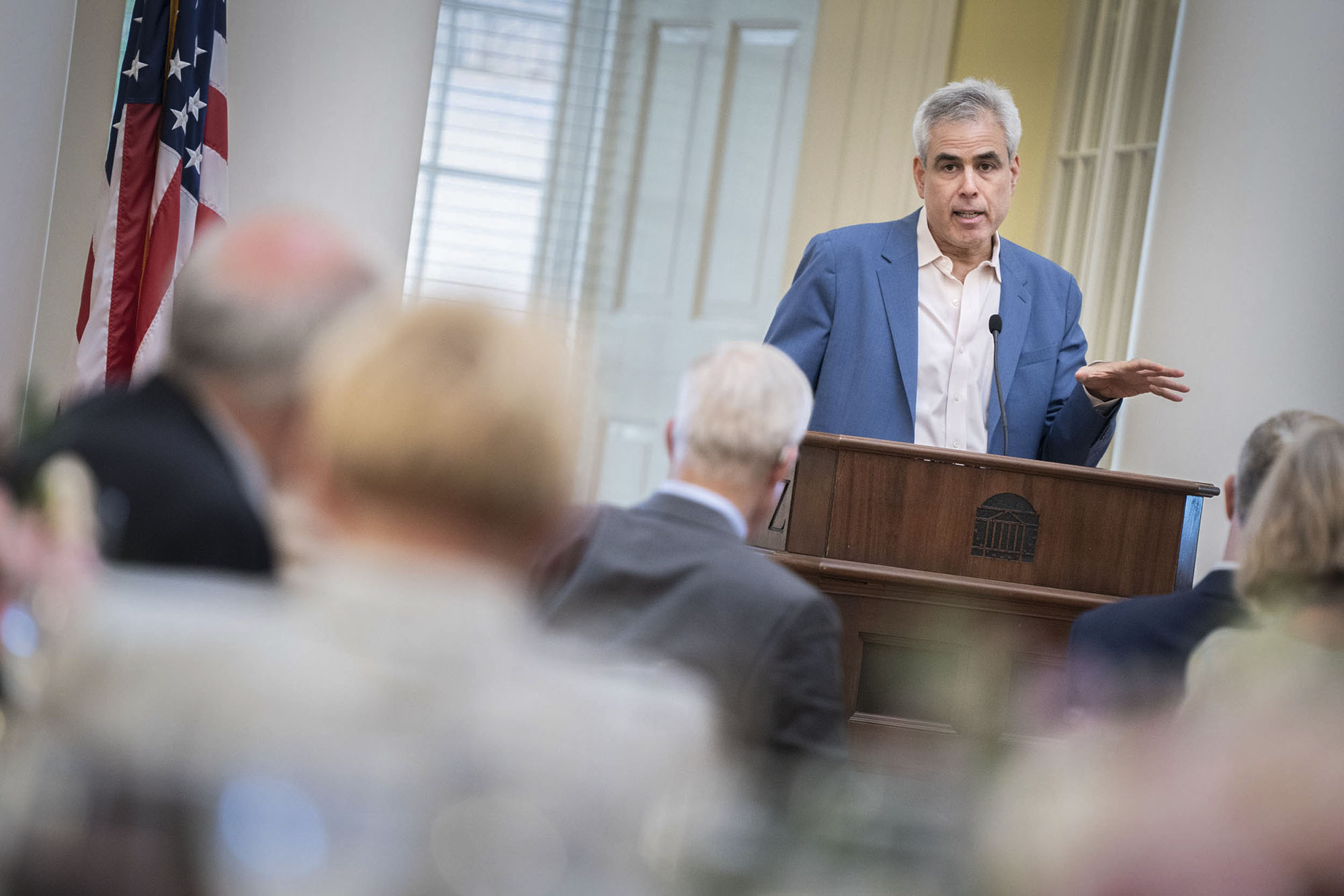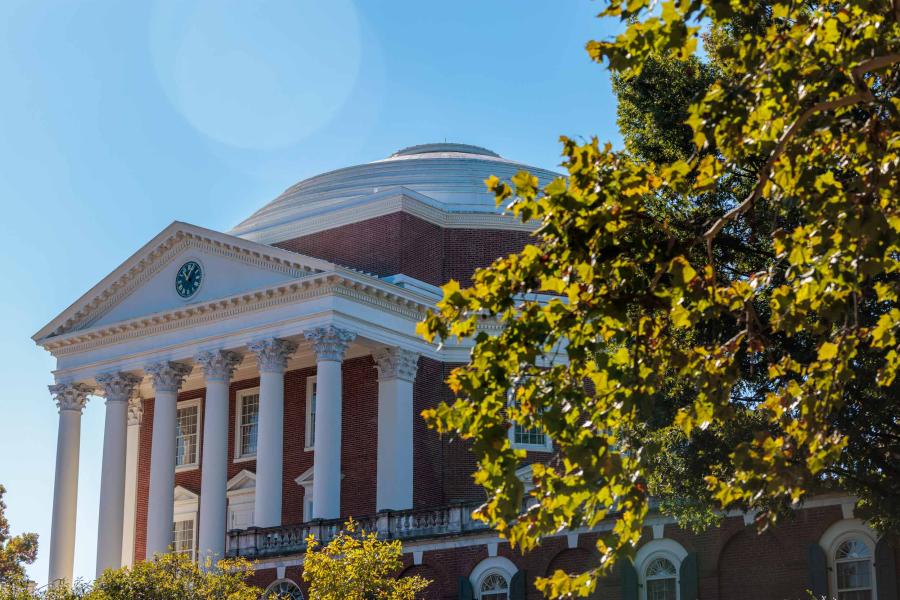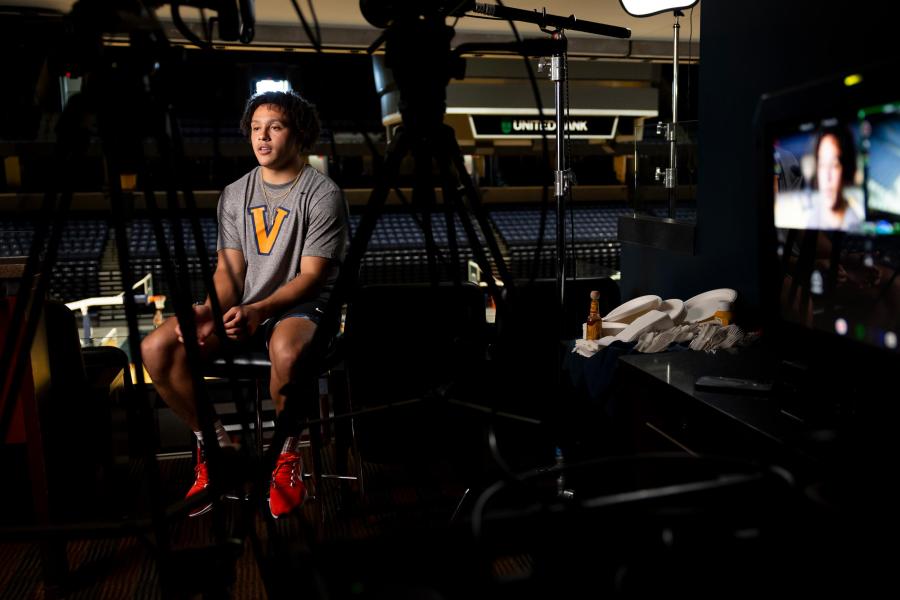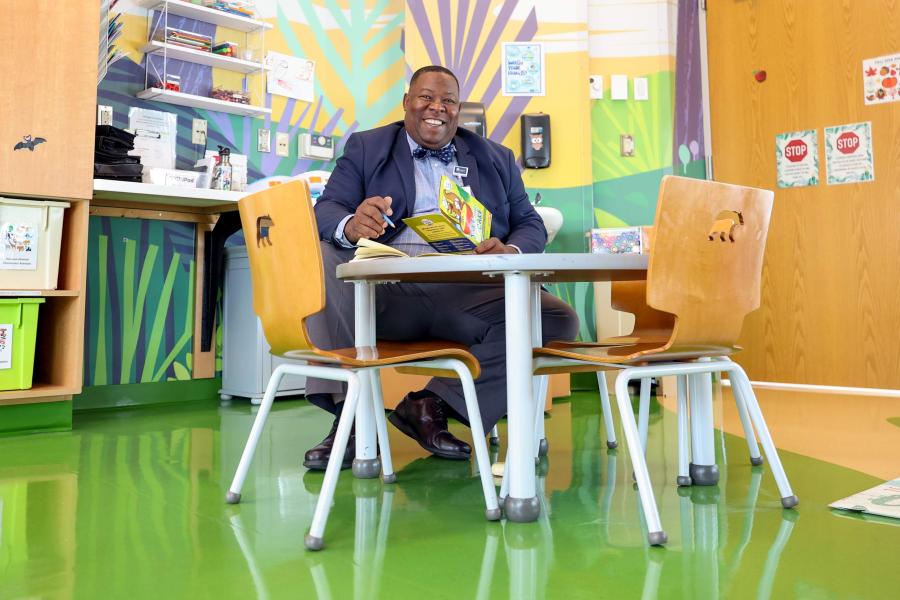Bestselling author and former University of Virginia professor Jonathan Haidt describes today’s environment as a “perilous time” for higher education.
Trust in colleges and universities is eroding across the political spectrum, and campuses reflect worsening societal trends: polarization, distrust, and a kind of paralysis brought on by an inability or unwillingness to engage with people outside of one’s primary group.
With even the causes of these trends in dispute, Haidt acknowledges the solutions may not be obvious. But he suggests there is a clear way forward. Universities, Haidt said in a recent visit to Grounds coinciding with the June Board of Visitors meeting, should focus on their roots as places where truth and knowledge are pursued by bringing people and their ideas together in settings that provide respectful discussion and debate.
To fully function, those settings must include a diversity of viewpoints.
“You need to have someone in the room who thinks differently,” he said.
Haidt, co-author of “The Coddling of the American Mind” and currently a professor of ethical leadership at New York University’s Stern School of Business, spent 16 years at UVA. A social psychologist, Haidt’s area of research is moral psychology and the intuitive foundations of morality.
UVA Today caught up with Haidt to briefly explore the threats and opportunities ahead.
Q. You describe this as a “perilous” time for higher education. What is at stake and at risk?
A. We live in a time of rising political polarization and declining trust. Universities have a sacred task: the discovery and transmission of truth and knowledge. As polarization rises, it affects everyone, especially if they live and work within an institution that has low political diversity – that is, almost everyone is on one side, politically. This is the case for most of our leading cultural institutions – universities, the major media, the arts, nonprofits, journalism, and the elite corporate world. When these institutions take sides on political issues, they alienate the other side.










